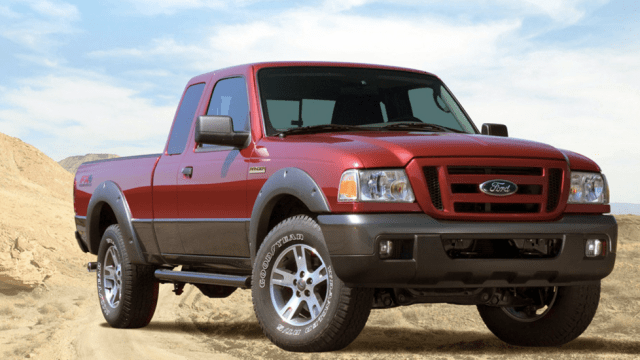In the first instalment of a new series called Cool Tech In Boring Cars, let’s look at all the wacky front suspension designs that made their way into U.S.-spec Ford Rangers from the start of production in 1982 until the truck’s death in 2011.
Photo: Ford
As great as the Ford Ranger is, it’s among the most ordinary and uninteresting vehicles of our time. That is, until you look underneath that frame, where the ubiquitous little truck is hiding some quirky goodness: four different types of front suspension designs, three of which are just odd, and one of which doesn’t exist on any modern trucks anymore.
First Generation
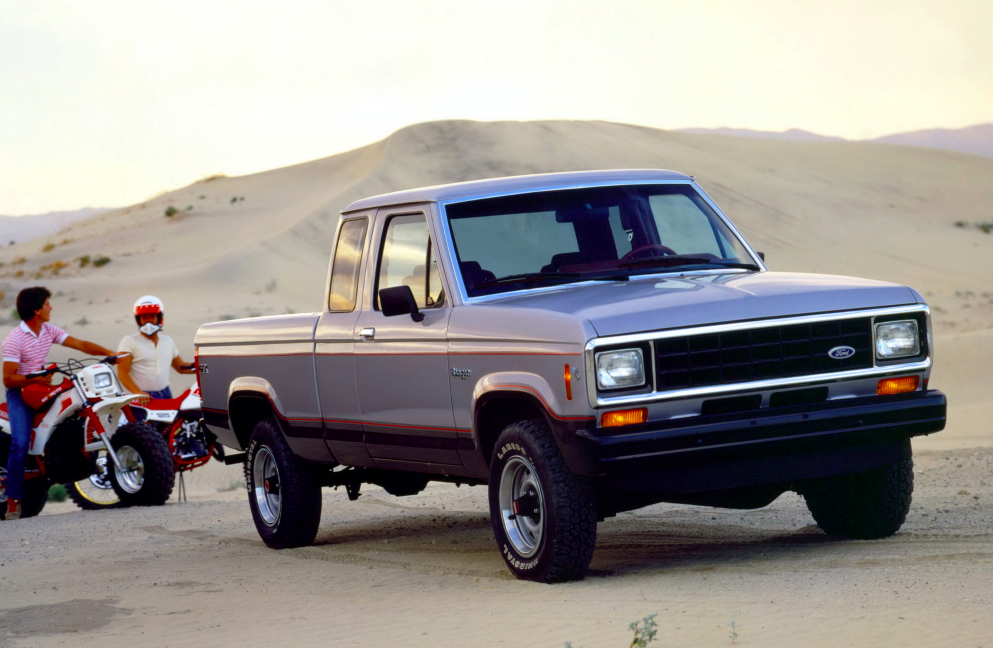
Photo: Ford
Most older pickup trucks came with either a solid front axle or a double wishbone independent suspension design. But through both of its generations, the Ford Ranger kept it weird — just as I like it.
Twin I-Beam
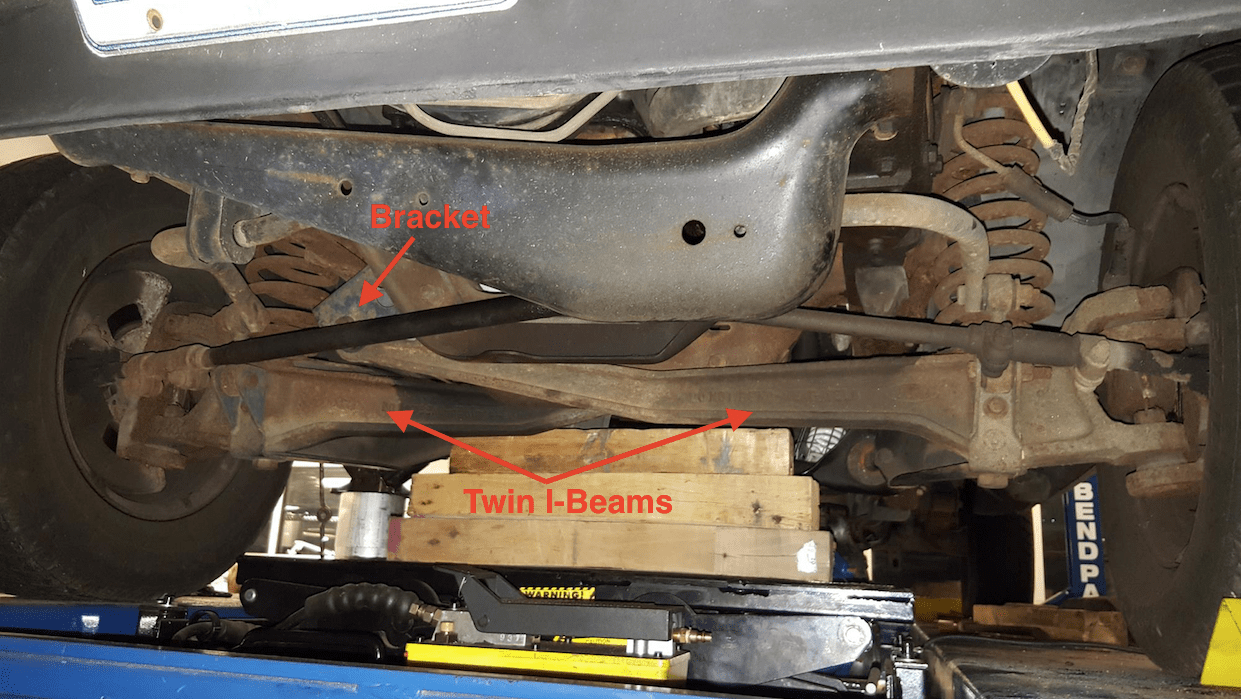
Two-wheel drive models of the first generation Ford Ranger came with a “Twin I-Beam” front suspension, which basically just consisted of two long axle arms that crossed one another (like something you might find on pre-runner race trucks). Those crossed arms controlled the lateral forces applied to the wheels, while radius arms reached forward from behind the arms to stabilise each wheel in the fore-aft direction.
The picture above shows the I-beams; you can see the bracket where the right arm pivots during articulation; the left I-beam’s pivot bracket is hidden from view.
The long arms are called I-beams because of their shape, which is often used in civil and mechanical engineering applications because of its high resistance to bending forces and relatively low weight (achieved by spacing most of the beam’s material far from the neutral axis).
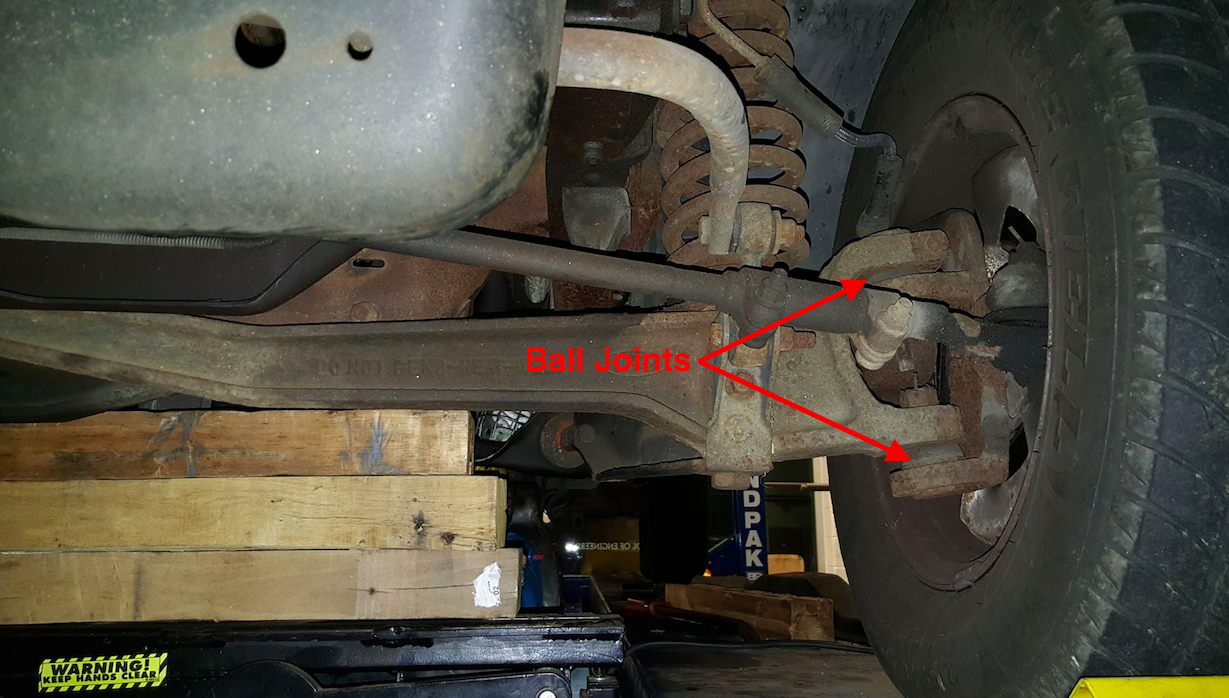
Notice how the I-beams attach to a knuckle via C-shaped end forgings, just like you might see on a solid axle. The ball joints between those end forgings and the knuckles allow the wheels to pivot when steering.
Those I-beams hold the wheel laterally, but they do nothing to prevent the wheel from moving fore-aft. For that, there are radius arms that connect to the end of the I-Beams before the knuckle on one end, and to frame-mounted bushings on the other.
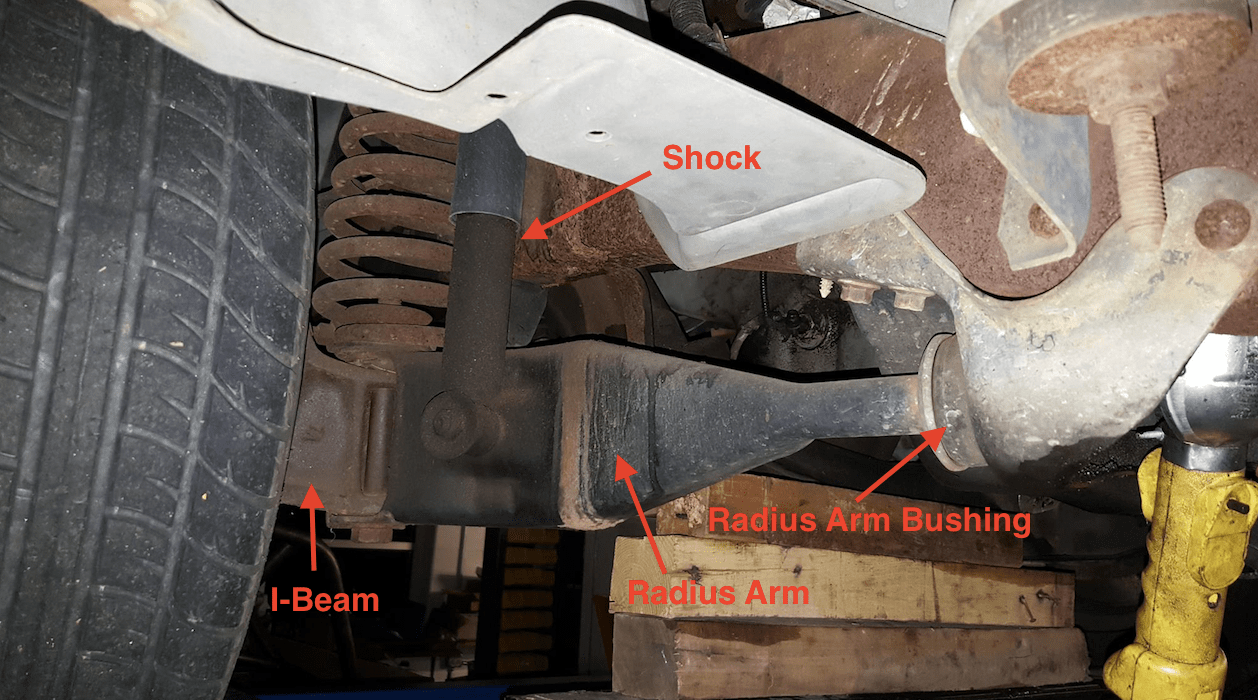
So as the wheels move up and down, the I-beams pivot, and the coil springs compress and extend. All the while, the radius arms on each side rotate about their bushings, moving a shock absorber up and down to damp the ride.
It’s a fascinating design that Ford has been using in trucks since the ’60s as a cheap way to improve ride quality by allowing the wheels to move independently. Most trucks have since moved to a double wishbone setup, stuck with a dead axle, or even gone to a torsion bar, but Ford’s heavy duty trucks continue the tradition, and remain the only new consumer-grade trucks on the road with a twin I-beam setup.
Twin Traction Beam
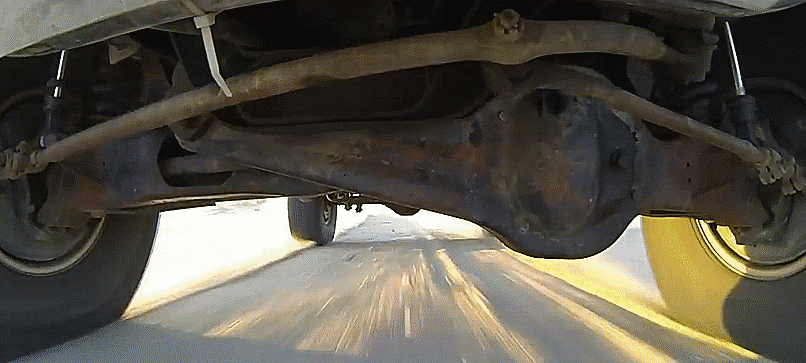
gif: William Dick/YouTube (screengrabs)
Even more exciting than the Twin I-beam setup is the twin traction beam design, which is the four-wheel drive version of the Twin I-beam, except, instead of solid metal I-beams to locate the wheels, there are two articulating axle housings, one of which includes a differential, and both of which contain axle shafts to send power to the wheels.
Like the Twin I-Beam design, the axles cross one another, with the driver’s side beam in front, and the passenger’s side beam in the rear. Both pivot about a frame-mounted bracket, and like the I-Beam setup, a radius arm locates the wheels fore-aft.
The differential, mounted on the driver’s side “traction beam,” has a yoke input on the back from the driveshaft and one yoke output on the passenger’s side, to which a slip shaft connects via a u-joint. The slip shaft allows the axle shaft — which feeds into the passenger’s side traction beam and spins the wheel — to plunge during bumps.
Here’s a look at the differential:

On the driver’s side, a short splined axle connects directly to the differential, and spins the driver’s side wheel. Here’s a closer look:
Quite a few four-wheel drive Ford trucks came with a twin traction beam design — the Ranger, Bronco, Explorer, F-150 and F-250. But that design is now dead and gone, replaced by more conventional independent setups and solid front axles.
Second Generation
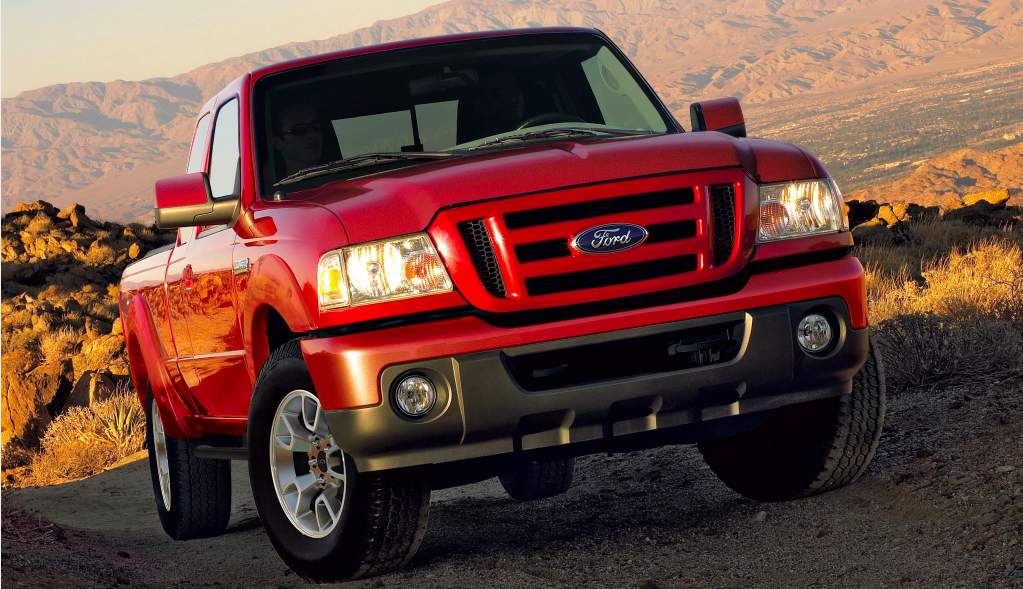
Photo: Ford
But the weirdness didn’t stop when the Ranger got its more modern look in 1993. The Twin Traction Beam and Twin I-Beam stuck around until the refresh in 1998. That’s when Ford decided to throw a standard wishbone-style, coil-sprung suspension in front, like you’d find in most other trucks of the era (and even today). Here’s a look at that setup. Nothing special:
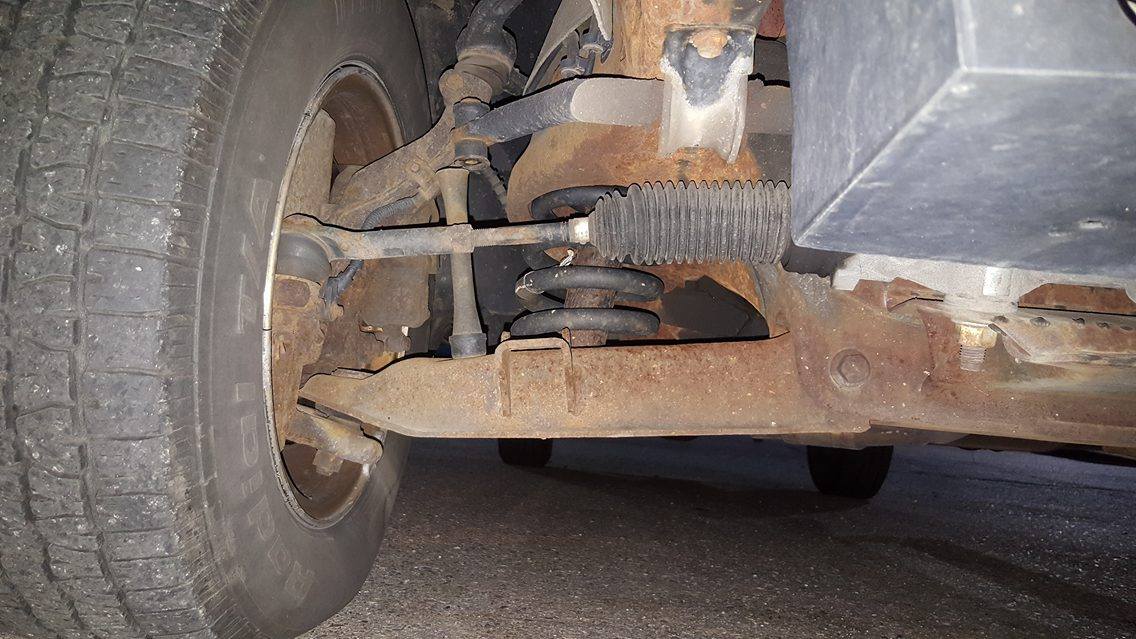
But fear not, for the conventional front suspension design wasn’t the only offering on the newly refreshed Ranger: there was also a torsion bar. And while admittedly, such a design isn’t exactly rare — you’d find it on old Dodge Dakotas and Colorados, and even modern heavy duty Chevys — it’s still a nifty design that’s pretty much gone the way of the do-do in light duty applications.
The torsion bar got rid of the coil spring up front, and replaced it with a cylindrical metal bar, with hexagonal ends. One end of the bar slid into a hex-shaped sleeve on the lower control arm, while the other end slid into a hex-shaped torsion key mounted to the frame.
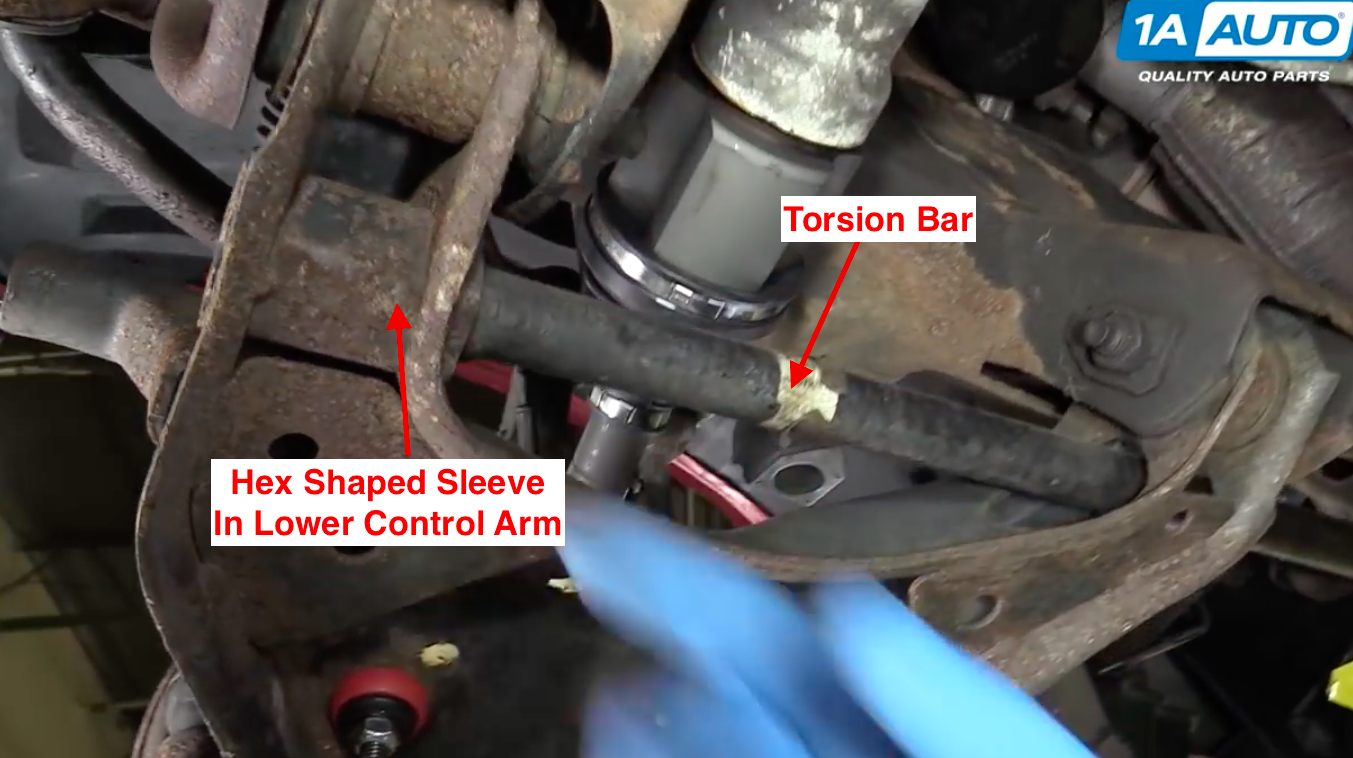
Photo: 1A Auto Parts/YouTube (screengrab)
As the wheel moved up and down with bumps in the road, the lower control arm tried to rotate the beam, but since the other end of the beam was held in place via the torsion key, the beam simply twisted, acting like a spring.

Photo: 1A Auto Parts/YouTube (screengrab)
Quite a few folks use the torsion key, which is essentially an adjustable lever that twists the back side of the torsion bar, to install “poor man’s lift kits” on their rigs.
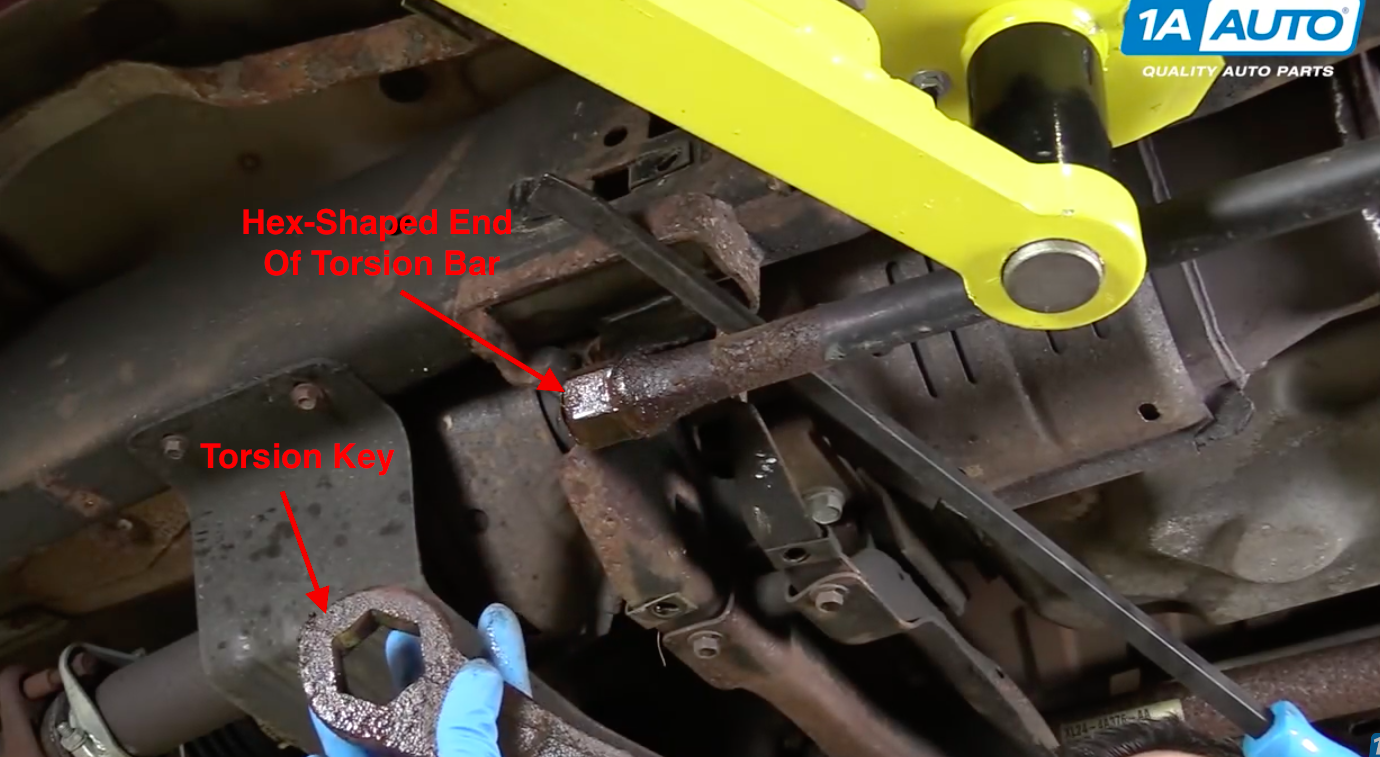
Photo: 1A Auto Parts/YouTube (screengrab)
Here’s a video showing someone tightening down his torsion key to put more strain on the bar, thus sending his lower control arm downward, and his Mazda B3000 sky high.
You’ll find torsion bar suspensions on both two-wheel drive Rangers and four-wheel drive rangers. But in the case of the 4×4 models, there’s a frame-mounted differential on the driver’s side with a metal axle housing that sticks off towards the passenger’s side to ensure that the two CV-axles that send power to the wheels are the same length (here’s a look at how that’s set up). It’s a similar design as the front differential on the global Ranger.
So the next time you see a standard, boring old Ford Ranger driving by, check out its front suspension. It could be a Twin I-Beam, a Twin Traction Beam, or even a torsion bar setup — three very rare birds in the modern light-duty truck world.
